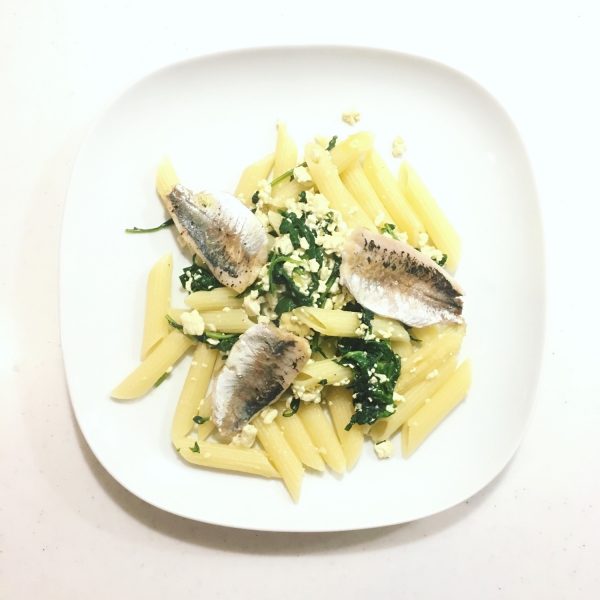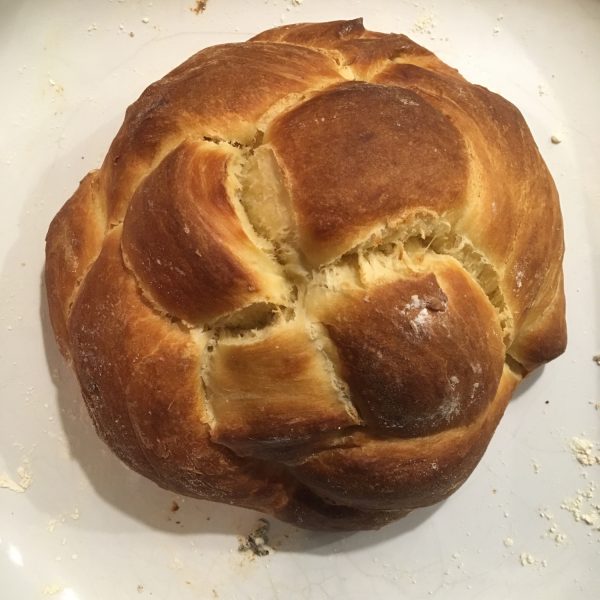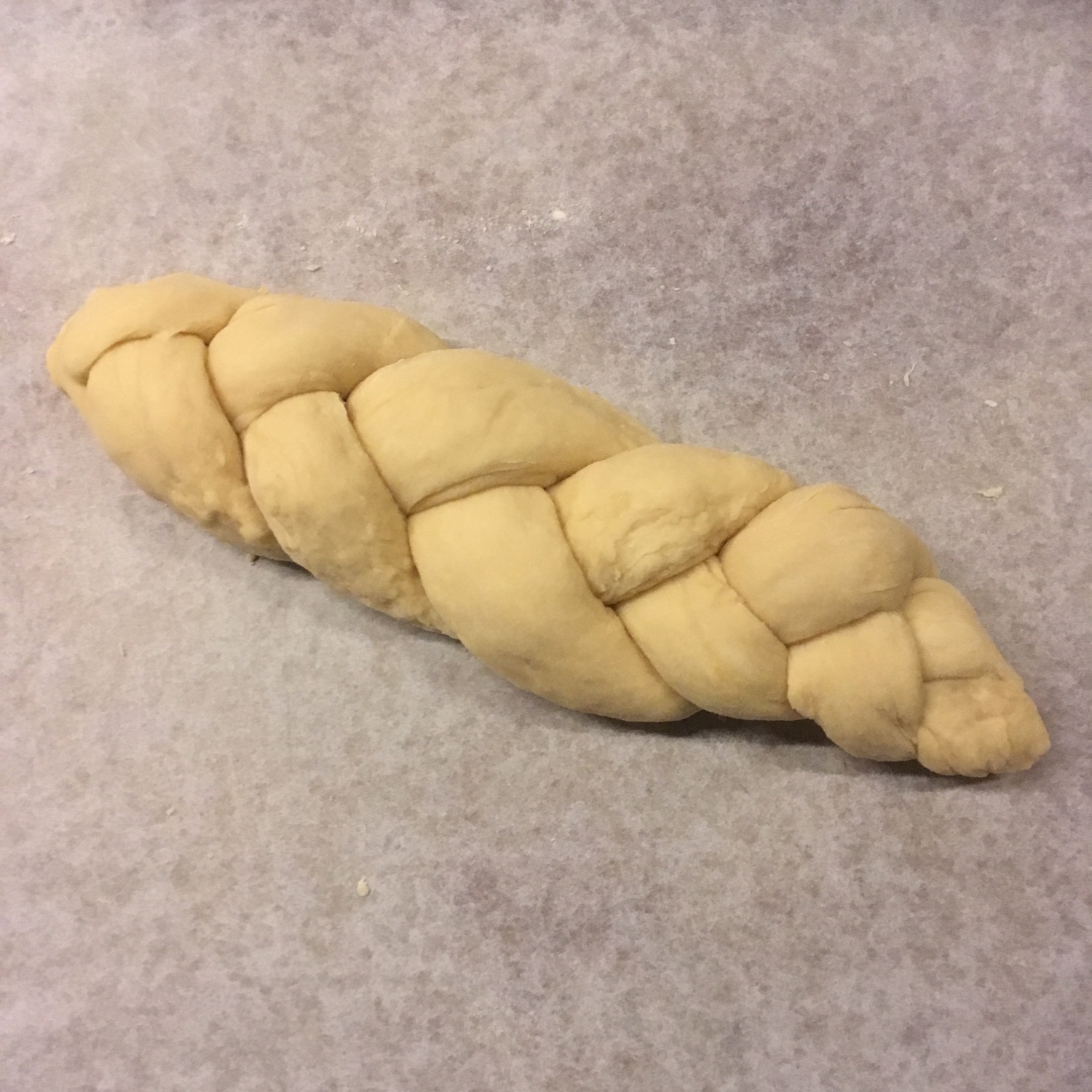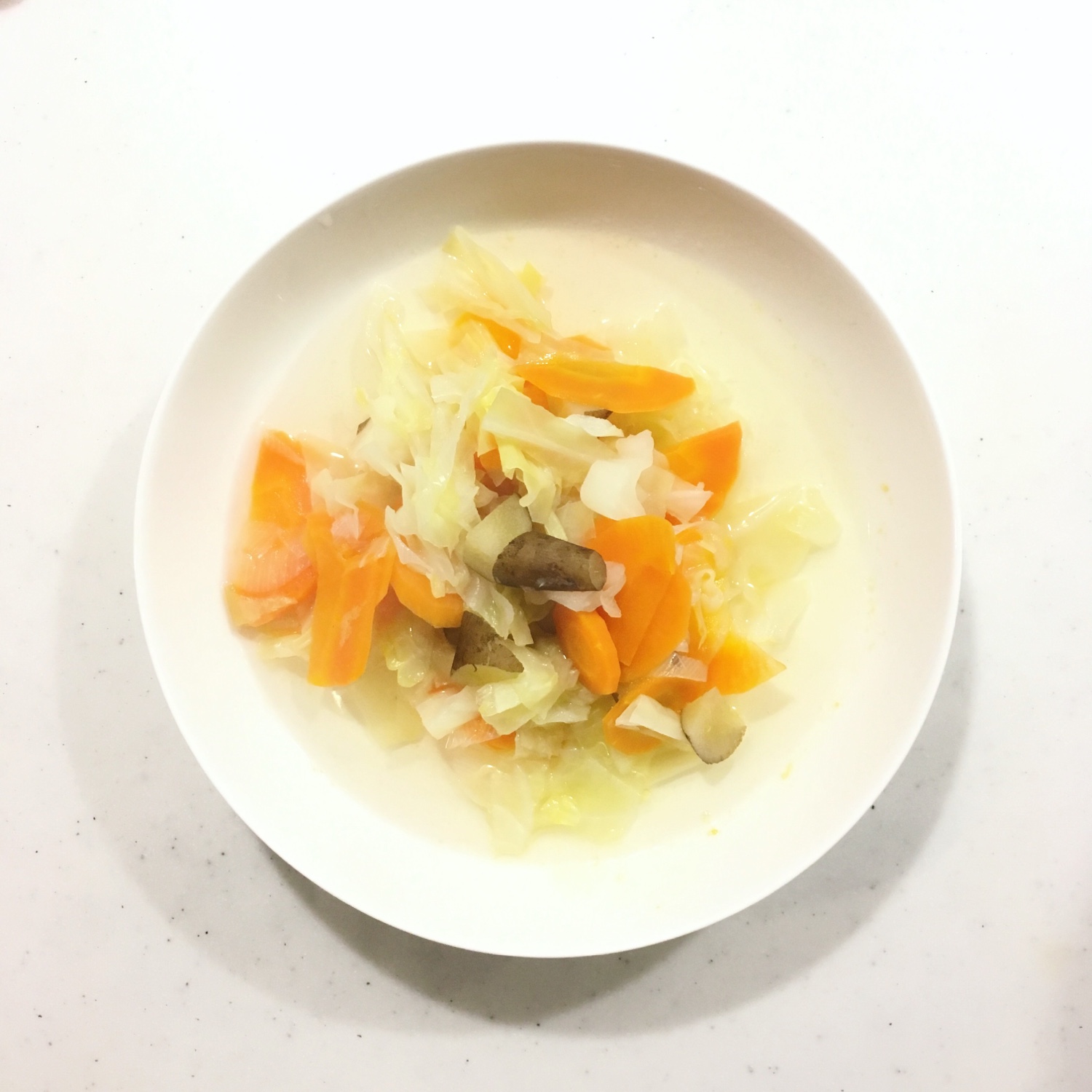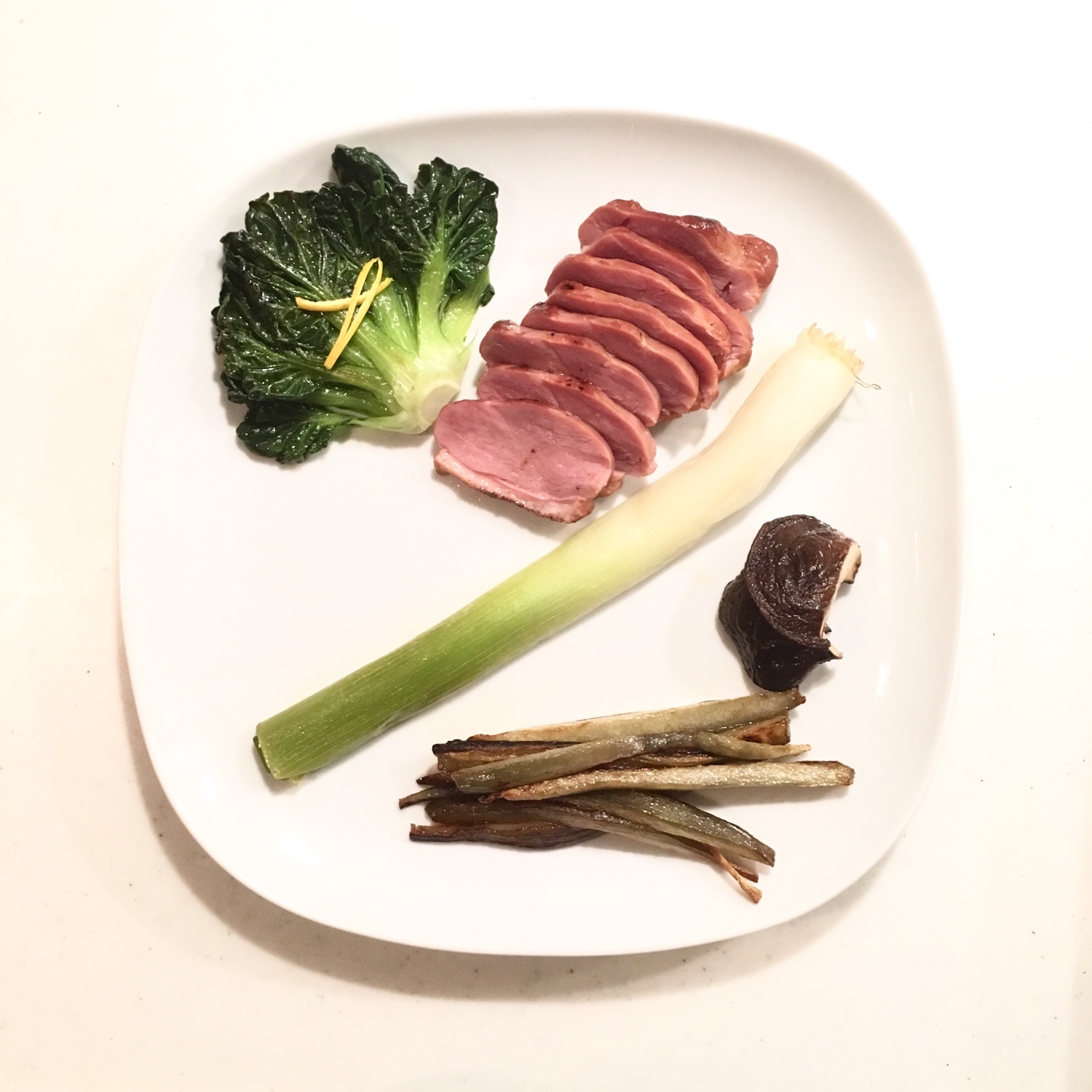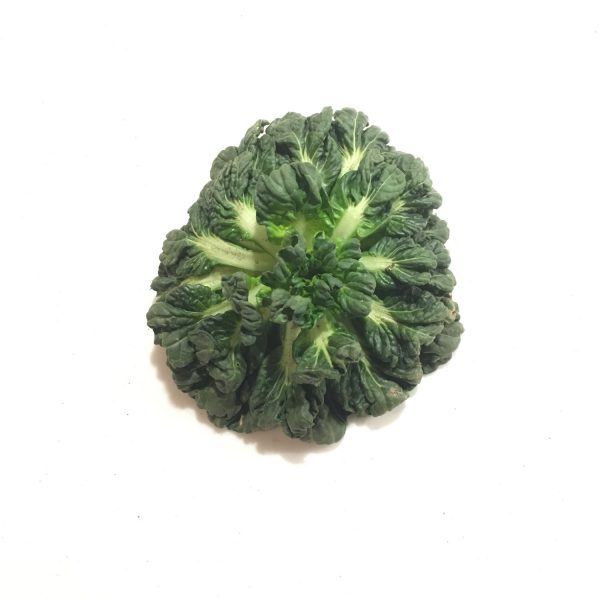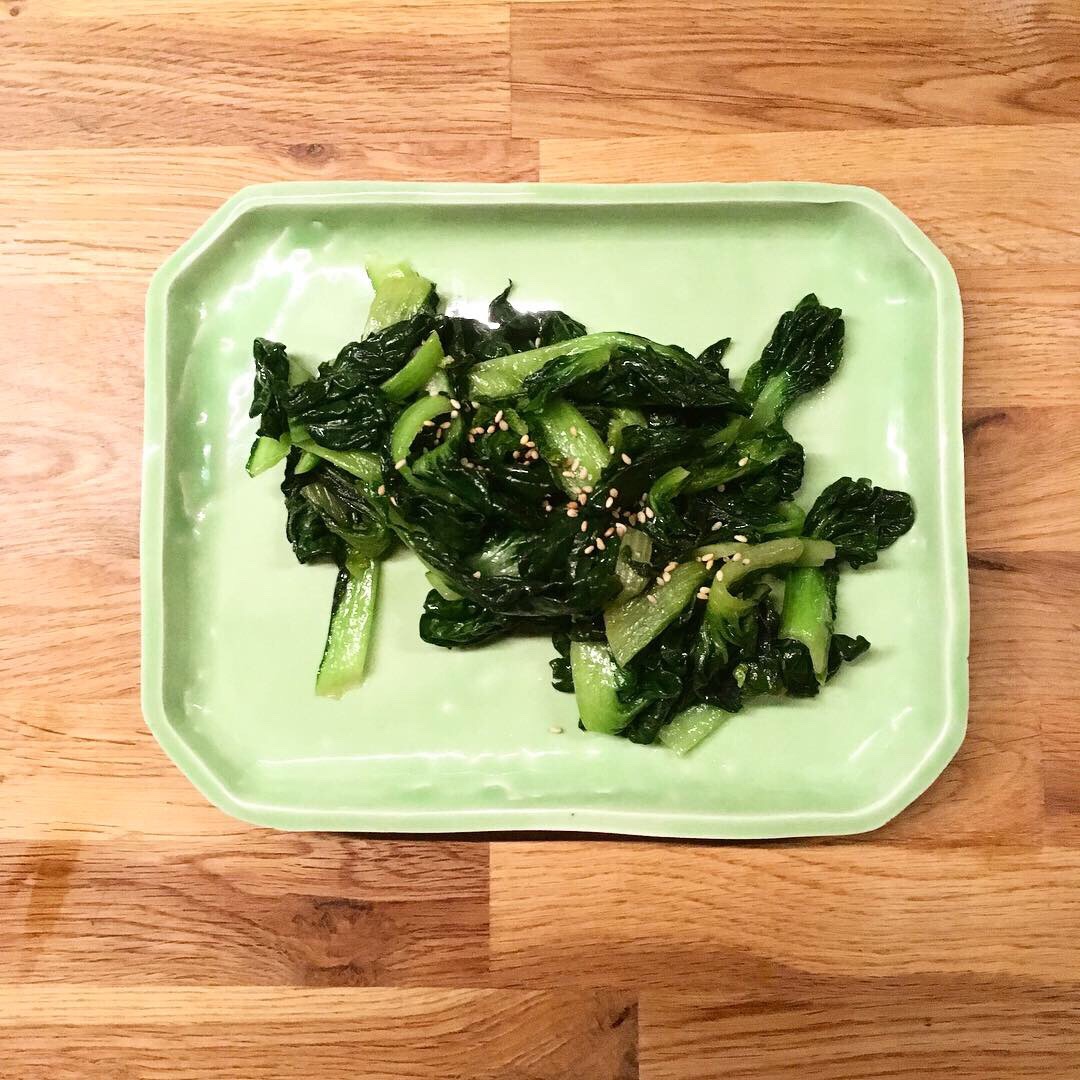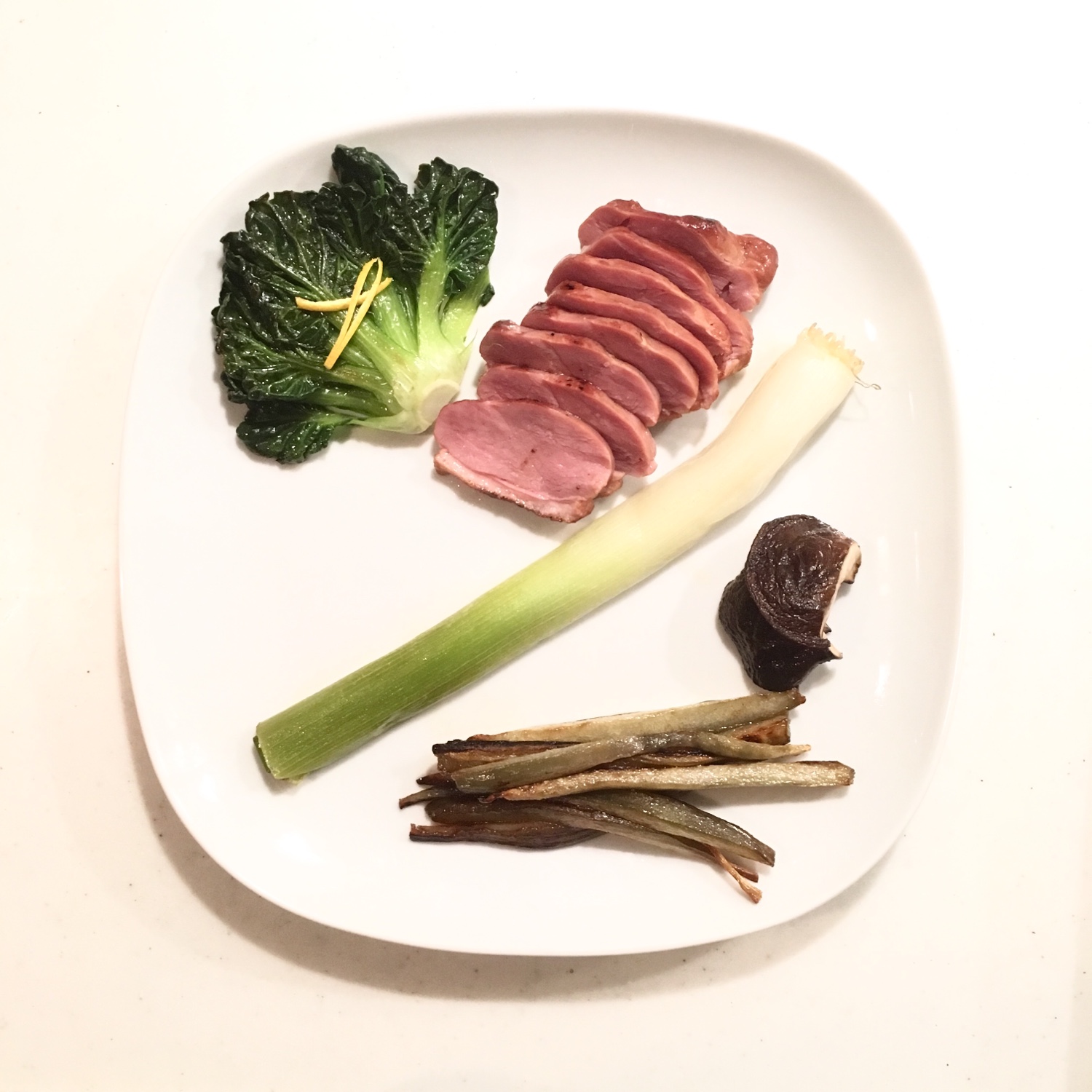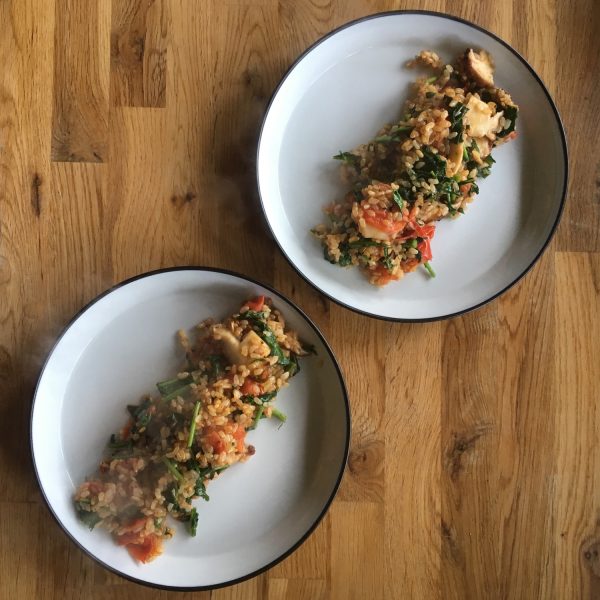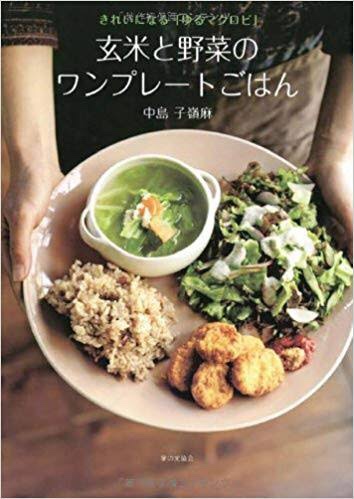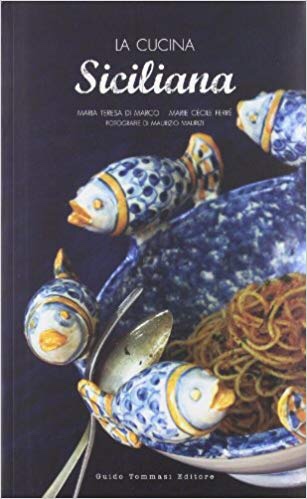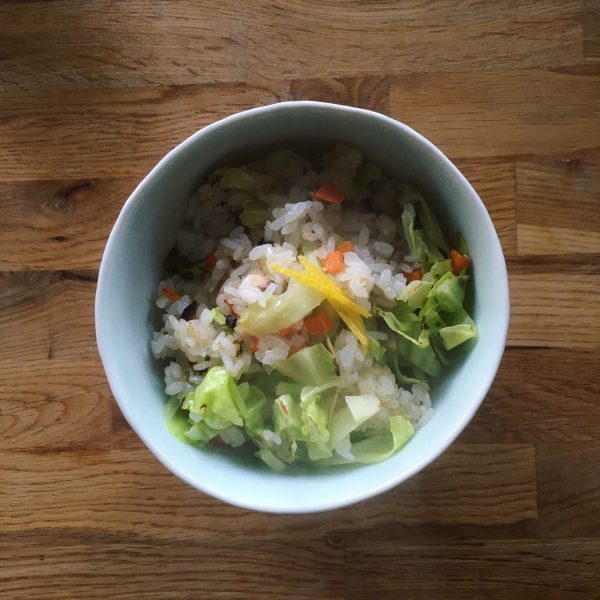I am a big fan of tofu… most of you may say that tofu is an insipid, watery, white thing, but it is actually much more than that. I was convinced very quickly when we went to a tofu restaurant near Nezu (we used to live in Nezu) the very first months we lived in Tokyo. There was tofu in every single dish of the kaiseki course menu and it was amazing to discover all you can do with tofu. After that of course we’ve been to many other tofu restaurants, and for the scenery (though they serve not so much tofu actually) Ukai, at the foot of the Tokyo tower is without mistake a great pick. And regarding the preparation of tofu I learned a lot thanks to my cha-kaiseki classes. On thing that is always important is to drain hard tofu (momen tofu – 木綿豆腐) well. But what I realized recently is that a very well drained tofu, when heated in a pan for a short time ressembles ricotta in texture, without the milky taste. Perfect for A. who doesn’t like the taste of cheese and for me who live cheese. We have a compromise!
That’s how I’ve stared using very well drained tofu in many preparation where I may have used cheese. So, how does that work?
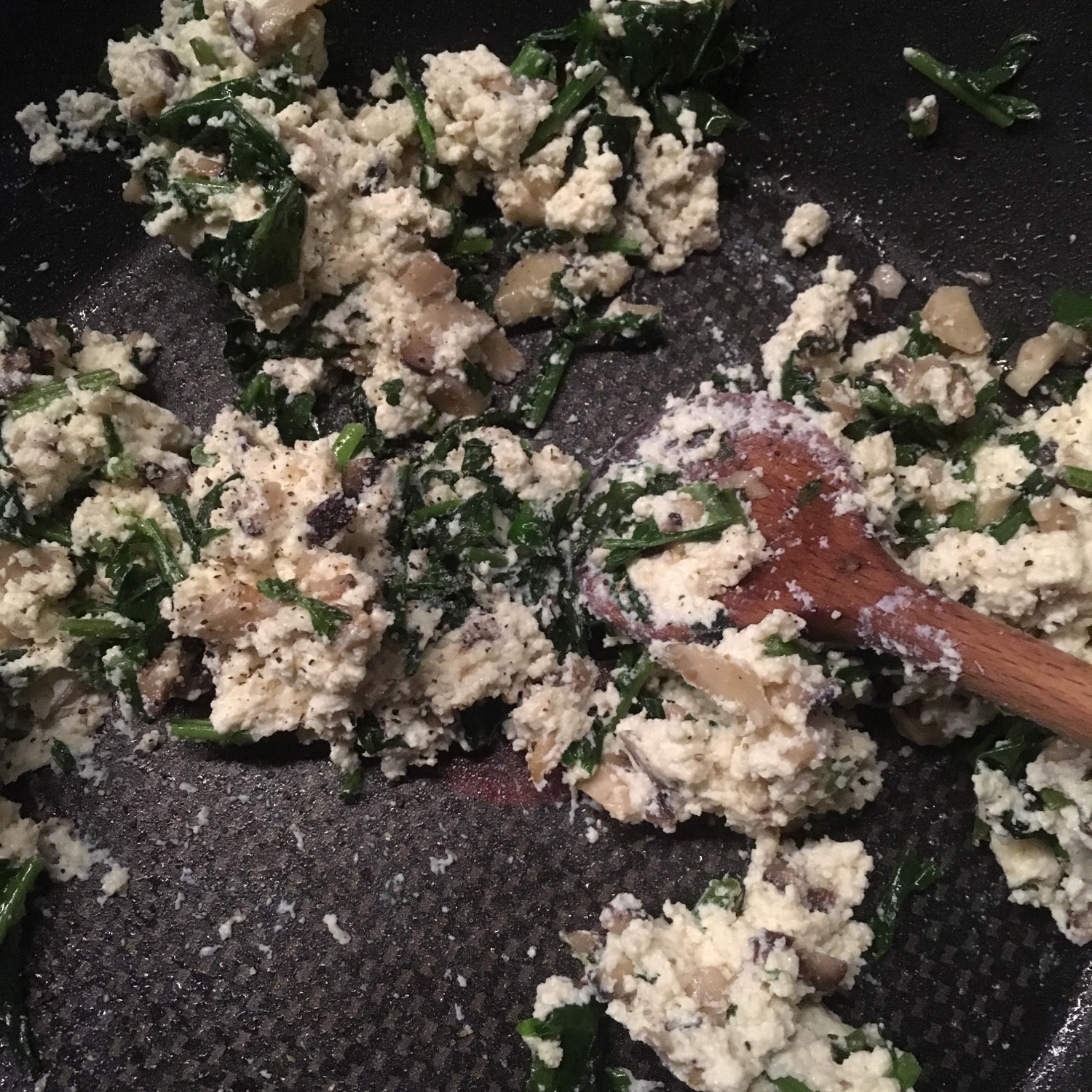
You need to cutting boards, and a clean cloth. First start draining the tofu by pressing it between the two boards. Slightly incline the bottom one towards the sink, put the second on on top with a non breakable weight… anything you can find in the kitchen… I use miso packs or flour packs. Leave for an hour or so. Gravity will do the work.
Then put the tofu in the clean cloth and gently knead while squeezing to take the water of. Don’t be scared of squeezing hard. Once done you should obtain a rather dry to creamy texture. That’s it! Now you can use it in traditional Japanese recipes such as tofu balls with vegetables (I’ll post a recipe about that when the edamame season will arrive), or as I do, in replacement of ricotta, in quiches, in ravioli, or in pasta sauce, in salad…
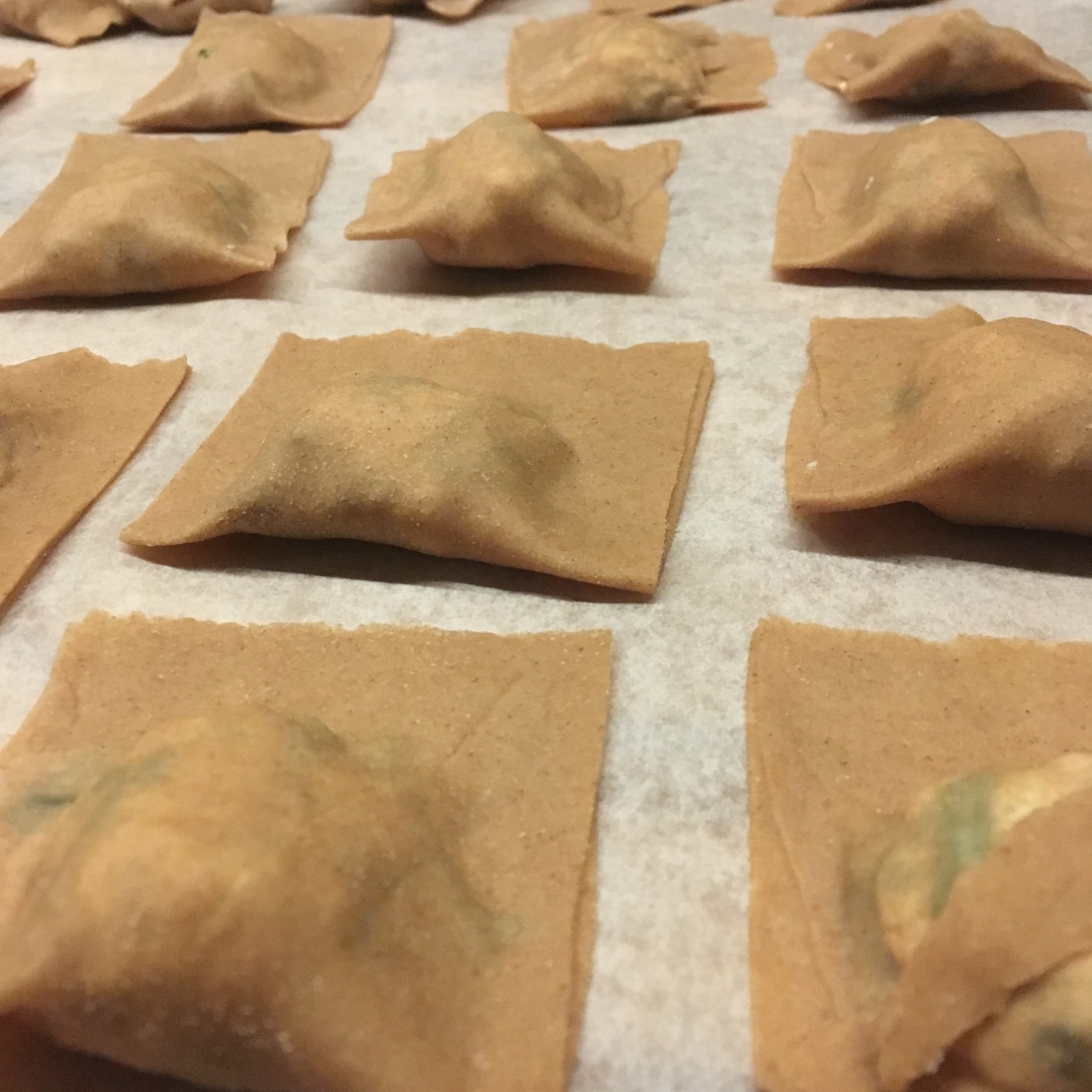
Last night I used the same drained tofu for a simple pasta recipe. I had fresh and tender radish tops, and beautiful fresh anchovies and prepared penne. After draining the tofu and washing the greens I cooked them in a pan at low heat. I boiled the pasta and drained. Add to the greens and tofu, add salt, pepper and olive oil. In a small pan I grill the anchovies, add a few drops of olive oil. Served in the plates and enjoyed. That’s it, simple right?
The only issue is that draining tofu is a bit tedious, and takes time, so if you don’t have much cooking time, I recommend starting draining in the morning, by using a tea pot and a tea filter and leave in the fridge, by night it should be almost perfect.
